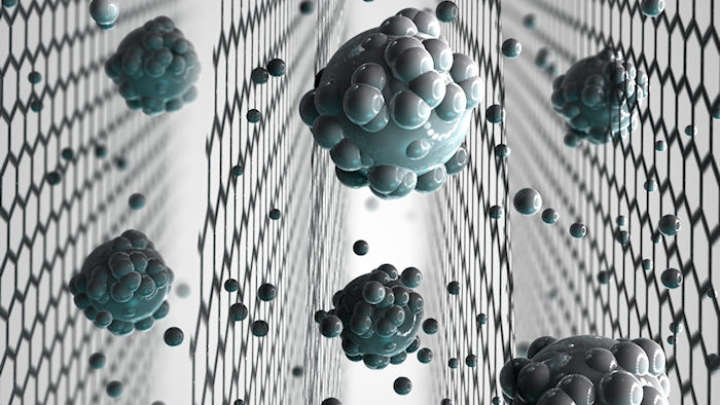Graphene Sieves Could Remove Salt From Water And Make It Drinkable

Science is amazing. And in this trending video, you will see how scientists are using graphene in new and exciting ways. Scientists in trending news have demonstrated how a graphene sieve could be used to remove salt from water and therefore provide clean drinking water to millions of people. The groundbreaking discovery came from a group of scientists at The University of Manchester and was published in the journal Nature Nanotechnology. The scientists have investigated the possibility of using graphene membranes, in thin layers of the material, for new water filtration applications. Previously, researchers had found that making these graphene membranes resulted in the membranes becoming swollen, which allowed smaller salts to get through. This new research, however, was able to prevent the membrane swelling by using walls of epoxy resin on both sides of the membrane to stop the expansion.
Graphene is an allotrope of carbon that is in the form of a two-dimensional, atomic-scale, hexagonal lattice in which one atom forms each vertex. Graphene is the basic structural element of other allotropes, to include graphite, carbon nanotubes, charcoal, and fullerenes. Graphene is an indefinitely large aromatic molecule. Graphene has many very unusual properties. One of them is that it is about 200 times stronger than the strongest steel. Graphene also efficiently conducts heat and electricity and is almost transparent. Graphene shows a large and nonlinear diamagnetism, that is greater than graphite and can also be levitated by neodymium magnets. This new graphene material is slightly different than the single-layer graphene that was shown in 2004, also by scientists at the University of Manchester. This research had involved graphene-oxide, which is considerably easier to make as the material is made by oxidation in the laboratory. It is made by precisely controlling the pore size in the membranes; it was possible to sieve out common salts from water and make it safe to drink. Tiny capillaries in the graphene-oxide membranes stop the salt from flowing while letting water pass through.
With this type of new graphene, it can easily be made to be more permeable, which will allow holes smaller than one nanometer to be made, which are the size that is necessary to stop the flow of salt. Scientists can also demonstrate that there are realistic possibilities to scale up the described new approach and mass produce the graphene-based membranes with the required sieve sizes. The United Nations estimates that by the year 2025, that 14 percent of the world's population will have to deal with water scarcity. This problem is due largely to climate changes. But water filtration in the past has been notoriously difficult, requiring costly desalination plants. The new graphene-oxide filtration may just provide a more affordable solution that the world needs.
Graphene in the past has been hailed as a miracle material as it is unbreakable, tougher than a diamond, but also stretchable like rubber. The scientists who made the material in Manchester claim that graphene will change the way we live our lives. And with this new graphene sieve that seems like it may be close to reality.
One of the Nobel Prize winners behind the material, Professor Kostya Novoselov, said the graphene would eventually be used in everything from medicine to computers. With this new graphene sieve, it could change the way many people around the world live, and help with the imposing water problem. This is just one of the trending videos you will find on the IFL Science site. The site has everything to do with science from the environment, technology, space, trending videos, new health and medicine ideas, trending news and more. **
Learn MORE at IFL Science
To help with slow website load, we have put all photos for this article here: View photo gallery.







